Metal melt gas atomization is an important method for preparing metal powders for additive manufacturing. However, the powders obtained by gas atomization are usually mixed with a large amount of satellite powder, which has an adverse effect on the metal additive manufacturing process. In this paper, the dust vortex in the recirculation zone is suppressed by applying auxiliary airflow and adopting gas rectification measures such as stepped atomization chamber structure, thereby controlling the formation of satellite powder.

The numerical simulation was carried out using the computational fluid dynamics software ANSYS Fluent to study the macroscopic flow field characteristics in the atomization chamber and the change law of particle motion trajectory when applying auxiliary airflow or adopting a stepped atomization chamber structure.

The results show that when an auxiliary airflow with an auxiliary mist ratio (the flow ratio of auxiliary airflow to atomization airflow) greater than 0.8 is applied at the top of the atomization chamber at a distance of R/2 (R is the radius of the atomization chamber) from the center of the atomization chamber, the dust vortex in the recirculation zone can be effectively suppressed; the atomization chamber structure with a step width of 300 mm and a height of 575-600 mm can effectively suppress the dust vortex in the recirculation zone. According to the numerical simulation results, TC4 titanium alloy powder was prepared by gas rectification measures, and the particle size distribution, sphericity, and vegetation index of the powder were tested. It was found that the vegetation index was reduced by about 45% compared with the powder prepared without gas rectification measures.

Additive manufacturing technology is one of the most promising manufacturing technologies today. It subverts the traditional processing concept and provides a broad development space for future processing technology. Metal powder is the most commonly used raw material for metal additive manufacturing. However, compared with traditional powder-based processing technology, metal additive manufacturing technology has specific requirements for the particle size distribution, purity, sphericity and other indicators of metal powder. Metal powder used for thermal spraying, powder metallurgy and other processes cannot be directly used for metal additive manufacturing. Therefore, it is necessary to improve the metal powder preparation technology to meet the requirements of metal additive manufacturing. Metal melt gas atomization (GA) is one of the main processes currently used to prepare metal powders for additive manufacturing.
It has the advantages of low cost, wide application range, and high fine powder yield. However, the metal powder prepared by the traditional gas atomization powder making process often contains a large amount of satellite powder, that is, a defective powder formed by several small particles of powder adhering to the surface of large particles of powder. The presence of satellite powder will reduce the bulk density, sphericity and fluidity of the metal powder, which is not conducive to the laying process of the powder, and has an important impact on the metal additive manufacturing process (especially some processes based on powder laying technology).
In addition, this defective powder is difficult to effectively remove by subsequent treatment means, so it is necessary to control its formation from the source. According to research, the closed structure of the atomization chamber generates macroscopic vortices near its side walls, namely gas recirculation (GR), which entrains some completely solidified small-sized particles. The collision between the small-sized particles swirling up in the reflux zone and the large-sized droplets that are not completely solidified in the upstream atomization airflow is one of the main reasons for the formation of satellite powder. Therefore, taking gas rectification measures to limit the dust swirling caused by reflux has become an effective means to control the formation of satellite powder on a macro scale. At present, gas rectification measures for satellite powder control include applying auxiliary airflow and improving the structure of the atomization chamber. However, the influence of rectification parameters (such as auxiliary air flow rate, atomization chamber size, etc.) on the flow field characteristics in the recirculation zone and the swirling motion of dust has not been systematically studied.
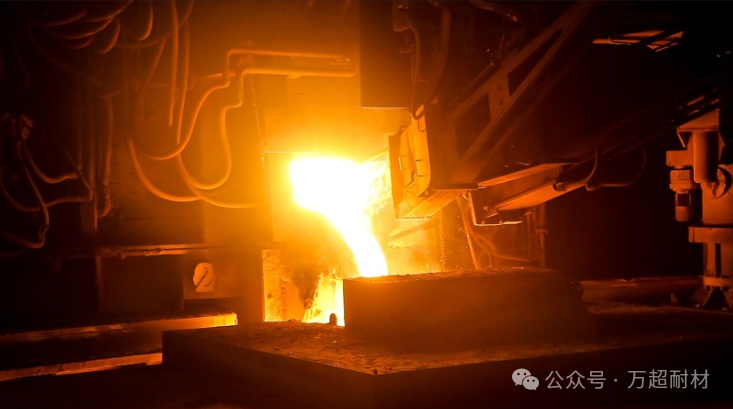
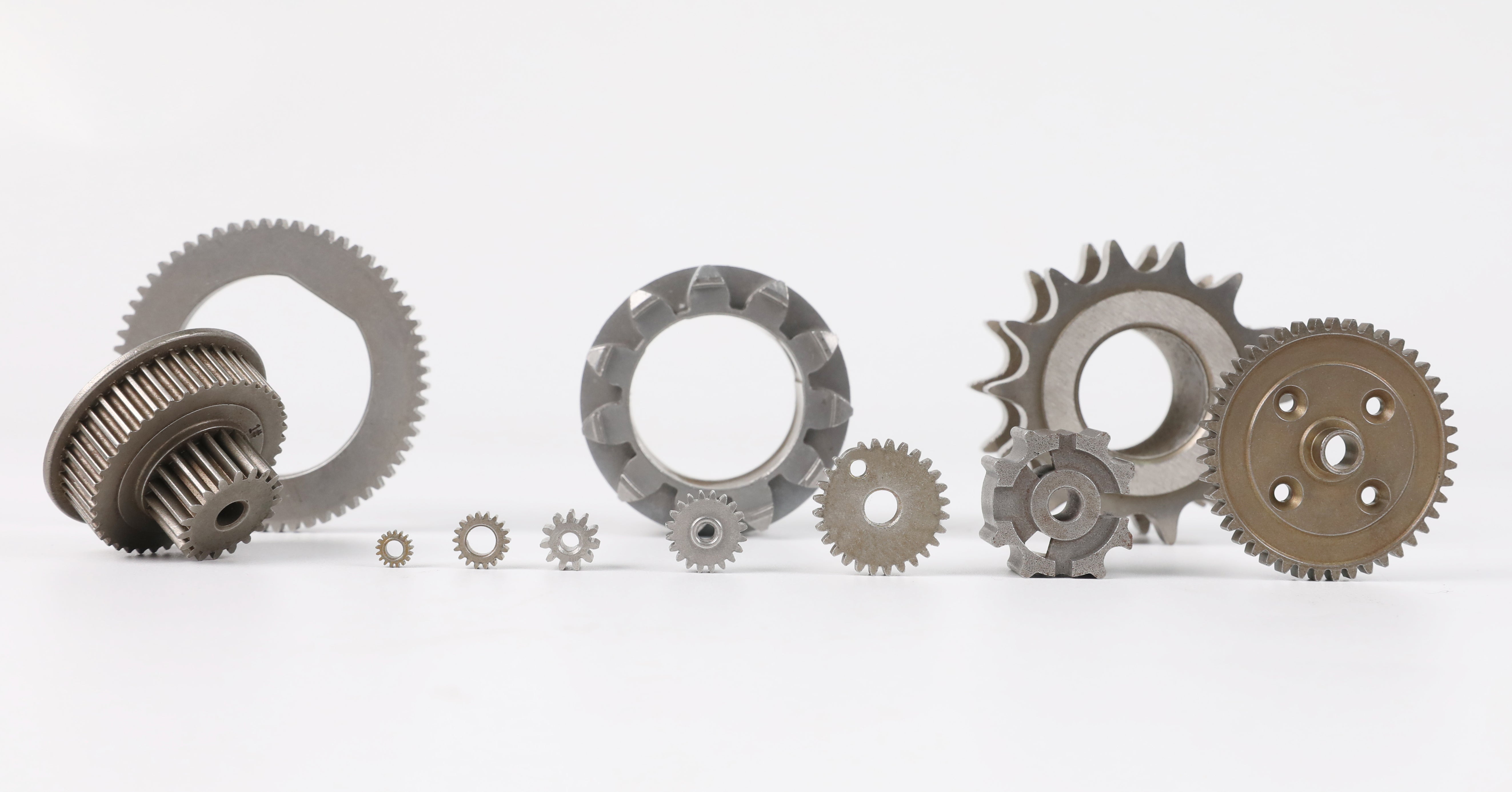




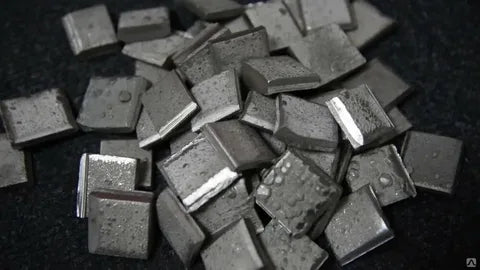
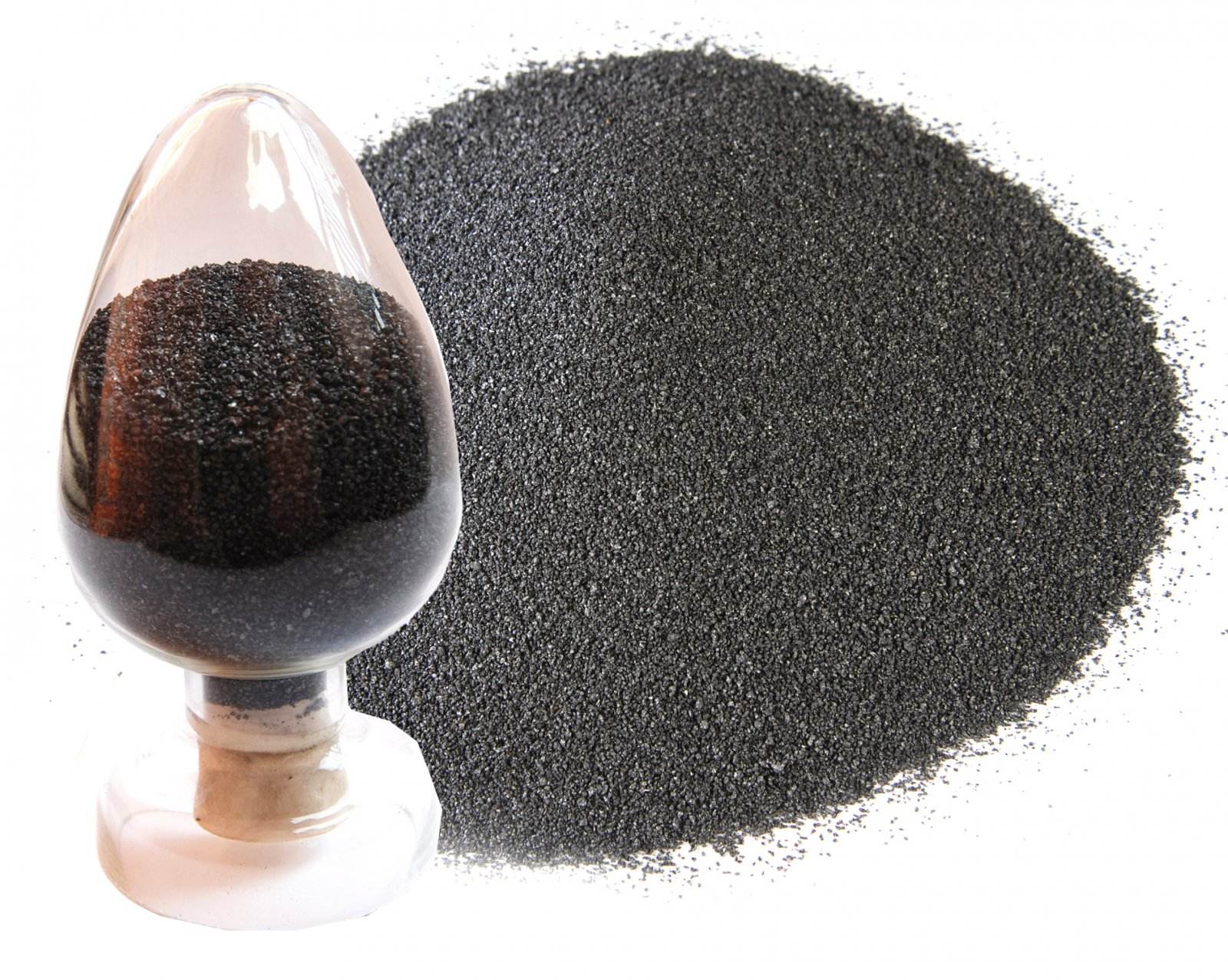

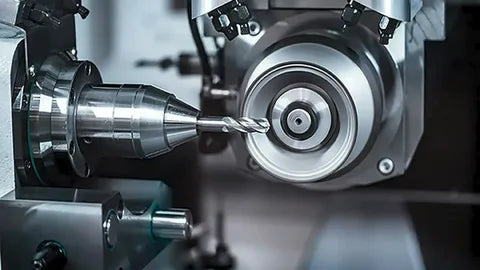



Share:
Sizing in Powder Metallurgy: Ensuring Net Shape of Parts
How to Perform Atomization of Powder Metallurgy?